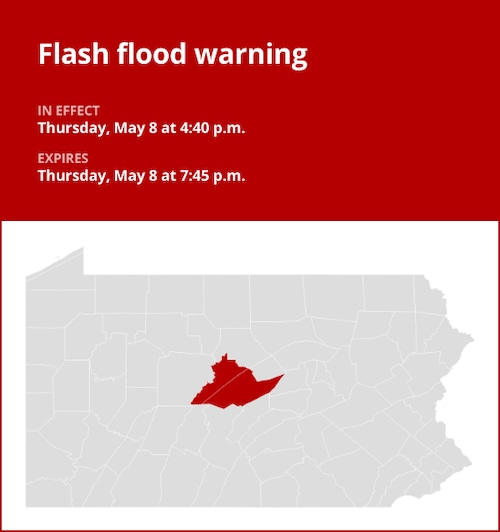Understanding Flood Warnings: What to Do When Danger Strikes

Floods can strike with little warning, putting lives and property at risk. When a flood warning is issued in your area, it's crucial to know what it means and how to respond quickly. Being informed and prepared can make all the difference in an emergency.
What Is a Flood Warning?
A flood warning is an alert issued by authorities when flooding is imminent or already happening. Unlike a flood watch, which signals that conditions are right for flooding, a warning means water levels are rising and action is needed. For example, the National Weather Service recently issued a flash flood warning for parts of Pennsylvania due to heavy thunderstorms. These sudden events can develop in minutes to hours, especially during periods of intense rainfall.
How to Respond to a Flood Warning
When you receive a flood warning, the first step is to move to higher ground right away. Those living in flood-prone areas or camping in low-lying regions should relocate as soon as possible. Authorities may also issue evacuation orders. If this happens, leave immediately and secure your home before going.
If you have time, disconnect utilities and appliances to reduce the risk of electrical hazards. Avoid entering basements or rooms with immersed outlets or cords. Remember, even six inches of fast-moving water can knock you off your feet. If you become trapped, get to the highest point and call emergency services.
Driving and Traveling During Floods
Driving during heavy rain poses serious dangers. Water can quickly accumulate on roads, making them difficult or impossible to cross. As little as twelve inches of swiftly moving water can carry away most vehicles. According to weather experts, you should never try to drive through flooded roads—even shallow water can be deadly.
Stay up to date with current weather alerts and follow local guidance before you travel. Slow down, keep headlights on, and extend your following distance to stay safe in wet conditions.
Flood Safety Quick Tips
- Always heed evacuation orders without delay.
- Move to higher ground at the first sign of danger.
- Disconnect appliances if safe to do so.
- Never enter floodwaters or drive through them.
- Keep emergency supplies and important documents in an easily accessible place.
For more detailed safety information and updates on severe weather, check official weather resources like the latest alerts.
Conclusion: Stay Informed, Stay Safe
Flood warnings save lives when people take them seriously. Keep an eye on updates from local authorities and take every warning to heart. By following these guidelines, you can protect yourself and your loved ones when severe weather threatens your area.